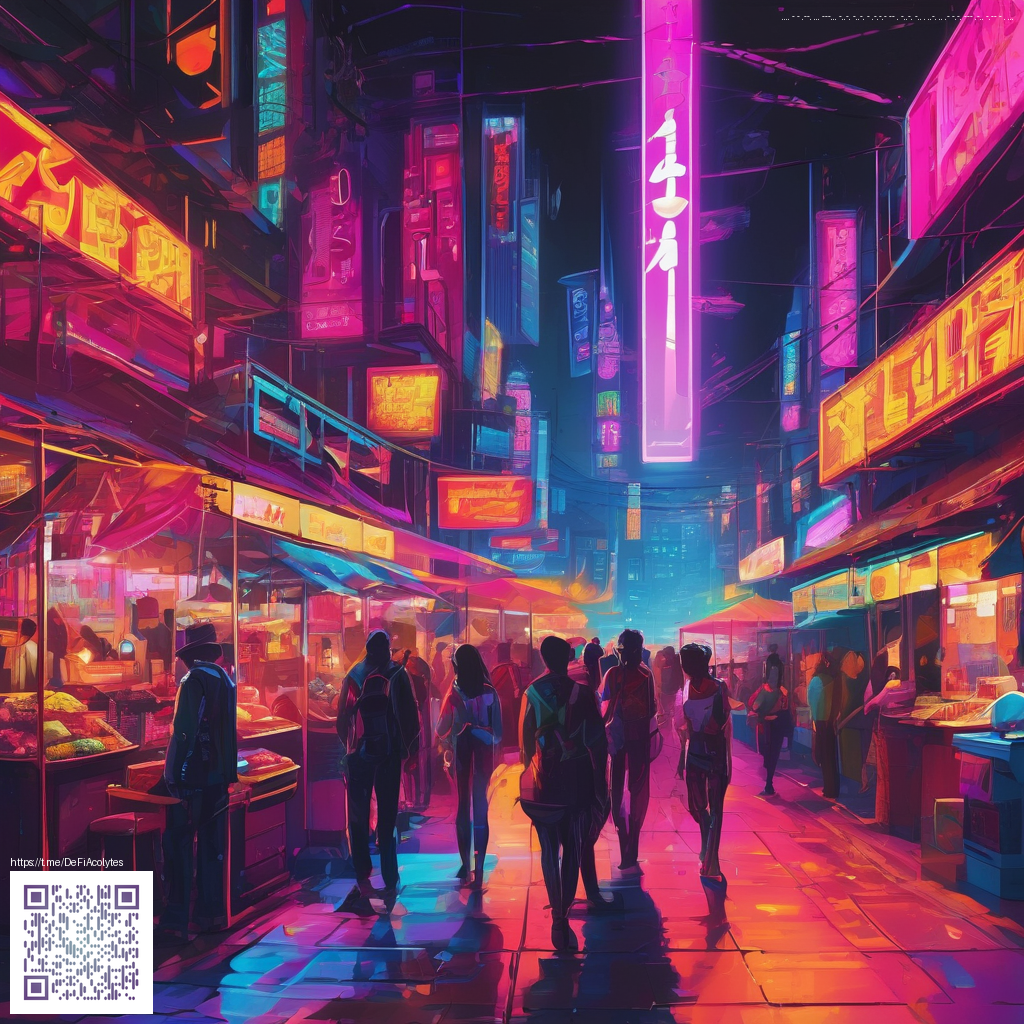
Using Warped Trapdoors With Structure Blocks In Minecraft
If you love modular builds and clever entrances, this guide shines a light on how to combine a warped trapdoor with structure blocks. It is a practical approach for saving and recreating small doors, stair setups, or hidden passages in your world. The technique plays nicely with modern builds in Java Edition and fits well with both creative tinkering and survival inspired base design. 🧱
What you need to get started
- A warped trapdoor block that fits your aesthetic and build plan
- A structure block in Save and Load modes
- A flat testing area or a controlled section of your base to build a prefab pattern
- A basic understanding of block facing and trapdoor orientation
Understanding the basics of the two tools
Warped trapdoors are a vanilla trapdoor variant that uses the warped wood texture. They interact with redstone and can be opened and closed by power or by adjacent signal lines. Structure blocks are specialist editing blocks that let you save a group of blocks or load a saved structure into a new location. In practice the trapdoor pattern becomes a reusable asset you can move with a simple load command. This makes it easier to ensure consistent wiring and alignment across an entire base or a complex build. ⚙️
Saving a warped trapdoor pattern with a structure block
- First build your trapdoor pattern in a compact area. Make sure the trapdoors face the direction you want and that any powered mechanisms are in their final state
- Place a structure block nearby and set it to Save mode
- Give the structure a clear name that reflects its use such as trapdoor_wall_assembly
- Note the coordinates shown by the structure block and confirm the region you want to capture wraps the whole pattern
Loading the pattern in a new location
- Place another structure block where you want the pattern to appear and switch it to Load mode
- Enter the name of the saved structure you created earlier
- Adjust the load position and verify the pattern aligns with nearby walls or floors
- Test the wiring and open state of the trapdoor to ensure it reacts as expected when powered
What persists when you copy a trapdoor layout
When you save a structure that contains a warped trapdoor, the essential block states travel with it. For a trapdoor the states to watch are facing, half, open, powered and waterlogged. Keeping these states intact ensures the trapdoor opens in the correct direction and sits at the right height. This is especially helpful for lining up with adjacent blocks like pistons or pistons driven doors. The reliability allows you to create a library of ready made entrances and concealment options. 🌲
Practical design ideas to try
- Hidden entrances: save a wall section that includes several warped trapdoors set to a closed state. Load it behind a non obvious surface and trigger with a hidden redstone line
- Modular furniture: use structure blocks to reproduce a group of trapdoors that frame a shelf or balcony edge. This keeps your design clean and repeatable
- Seasonal themes: switch trapdoor orientations and open states to simulate shutters or window awnings that respond to light or time
Tips for reliable results
- Plan the orientation carefully before saving. A small mismatch in facing can lead to the pattern appearing rotated when loaded
- Test in a dedicated area first. It is easier to iterate on a blueprint than to repaint a major section of your base
- Keep the saved name short and descriptive. This helps you manage multiple patterns in a large world
- Remember that structure blocks capture blocks in a static snapshot. If you alter the layout after saving you may need another save
Compatibility and creative workflow
Structure blocks are a universal tool across many creative workflows. They pair well with building tutorials and modding culture where players push the boundaries of how small components like warp trapdoors can animate a larger scene. For players exploring updates in recent Minecraft versions, this method remains a sturdy baseline to ensure your base designs stay crisp and repeatable even when you are experimenting with new block palettes. 🧰
Final thoughts
Using warped trapdoors with structure blocks unlocks a lot of potential for precise replication and dynamic installations. The technique is not only practical for base defense and hidden entrances but also a doorway to larger projects like modular furniture systems and portable bases. With patience and a little planning you can craft a library of compact, reusable elements that raise the polish of any build.
As you experiment, keep notes on how each structure block save and load behaves in your world. The more you practice, the faster you will move from a single trapdoor setup to a whole ecosystem of patterned elements that snap into place across your landscape. And if you enjoy sharing your techniques with the community, this is a great topic to feature in a future build showcase
Ready to support the broader Minecraft community Your generosity helps keep tutorials accessible and community driven. Support Our Minecraft Projects